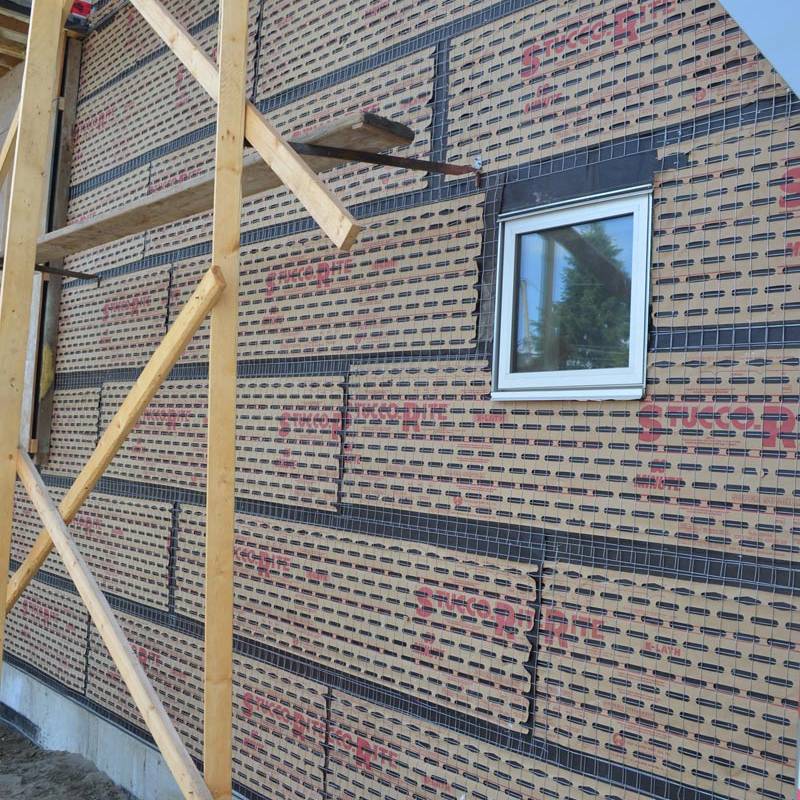
- Mobile Phone
- +8613931874955
- sales@cntcmetal.com
Flat Rib Lath Options for Efficient Construction and Optimal Finishing Techniques
Understanding Flat Rib Lath An Essential Element in Construction and Design
In the world of construction, every component plays a vital role in ensuring structural integrity and aesthetic appeal. One such component, often overlooked yet crucial in various applications, is the flat rib lath. This article delves into the details of flat rib lath, exploring its characteristics, uses, advantages, and the wider context in which it operates within the construction industry.
What is Flat Rib Lath?
Flat rib lath is a type of lath used predominantly in the plastering and drywall industries. Generally made from galvanized steel, it features a flat surface with longitudinal ribs running along its length. The ribs provide additional strength and integrity, allowing for a more secure adhesion of plaster or other materials. The design ensures minimal sagging and bending, making it ideal for ceilings and walls.
Characteristics of Flat Rib Lath
The unique composition and structure of flat rib lath are what make it particularly effective. The flat surface provides an excellent base for plaster application, while the ribs enhance the lath's load-bearing capacity. Moreover, its galvanized finish offers corrosion resistance, ensuring durability and longevity in various environments. It is also lightweight, making it easier to handle and install, which is a significant advantage in construction projects.
Applications of Flat Rib Lath
Flat rib lath is used in a variety of applications, primarily in the following areas
1. Plastering It is extensively used as a substrate for plaster in both interior and exterior walls and ceilings. The flat ribbed design ensures that the plaster adheres well, allowing for a smooth finish.
2. Manufacturing of Composite Panels Flat rib lath can be utilized in the creation of composite panels, which are often used in commercial projects, such as office buildings or shopping malls.
3. Acoustic Applications Due to its structural properties, flat rib lath is used in ceilings or walls for acoustic treatment, helping to manage sound within a space.
flat rib lath

Advantages of Flat Rib Lath
The advantages of using flat rib lath are manifold
- Strength and Durability The ribs enhance the strength of the lath, ensuring that it can bear significant loads without compromising the surface layer applied over it.
- Ease of Installation Its lightweight nature and flat design make it easy to cut, shape, and install, which is a considerable benefit in construction settings where timelines and efficiency are critical.
- Corrosion Resistance The galvanized coating prevents rust, making flat rib lath suitable for use in humid or varied weather conditions, thus extending its lifespan.
- Cost-Effectiveness When compared to other materials, flat rib lath is often more affordable while providing similar, if not superior, structural benefits.
The Role of Flat Rib Lath in Modern Construction
As construction techniques evolve, the role of materials like flat rib lath becomes more significant. It aligns well with the industry's push towards sustainable and efficient building practices. Its use in creating lightweight yet strong structures contributes to lower energy costs and reduces the overall environmental footprint.
Moreover, in a time where design is paramount, flat rib lath offers versatility that can accommodate various architectural styles while still adhering to building codes and regulations. Its ability to function effectively in both traditional and contemporary settings speaks to its importance in modern construction.
Conclusion
In conclusion, flat rib lath is an essential component in the toolkit of builders, architects, and plasterers alike. Its unique properties and advantages make it a preferred choice in many construction scenarios. By understanding its characteristics and applications, stakeholders in the construction industry can make informed decisions to enhance the quality and durability of their projects. As the industry continues to innovate and evolve, materials like flat rib lath will undoubtedly remain at the forefront, facilitating the creation of safe, strong, and aesthetically pleasing structures.
share:
-
Why Sacrificial Formwork Is Redefining Underground ConstructionNewsJun.06,2025
-
The Structural Dynamics of Modern Concrete: How Snake Spacers Revolutionize Flexible ReinforcementNewsJun.06,2025
-
Snake Spacers Smart-Lock Concrete Reinforcement with Surgical PrecisionNewsJun.06,2025
-
Snake Spacers: Reinforcement Precision for Modern Concrete ProjectsNewsJun.06,2025
-
Snake Spacers Powering Concrete's Structural DNANewsJun.06,2025
-
Slither into Success: Snake Spacers' Precision Bite for Unbreakable ReinforcementNewsJun.06,2025
-
Sacrificial Formwork: Building Stronger, Faster, and Safer StructuresNewsJun.06,2025



















